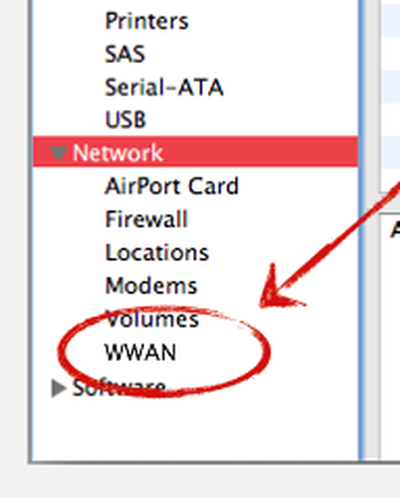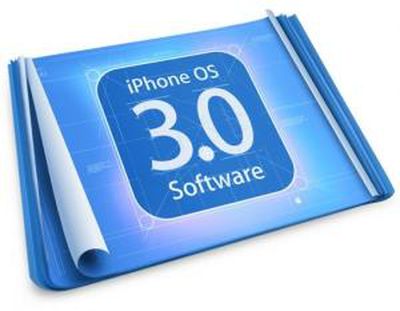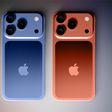Digitimes reports that Intel has targeted the launch of their next-generation Calpella notebook platform for Q3 2009.
Intel's next-generation Calpella notebook platform will launch as scheduled in the third quarter 2009 and targeting models in the 14.0-, 15.6-, 17.1- and 18.4-inch segments at retail prices of above US$1,200 initially for high-end market. Meanwhile, Intel will also reduce the price of the Montevina platform to clear out inventory.
Calpella will replace the Montevina platform that is used in current Intel notebooks. The new Calpella platform will support the long anticipated mobile Nehalem processors and architecture which are said to offer dramatic performance boosts over existing designs. Apple adopted the Nehalem processors for the Mac Pro in March.
Intel, however, is said to be only launching three mobile Nehalem processors this year -- all Quad core but with slower processor speeds from 1.6GHz, 1.73GHz and 2.0GHz.
The Core 2 Extreme XE, Core 2 Quad P2 and Core 2 Quad P1, will be priced at US$1,054, US$546 and US$364 in thousand-unit tray quantities, the sources revealed.
It won't be until the 1st quarter of 2010 that we'll see mobile Arrandale processors which have been widely expected to be used in the MacBook and MacBook Pro.
While it's possible Apple could use some of these Quad-core processors in a notebook, it would mean a drop in raw processor speed which, depending on your usage, may not be made up for with the additional cores. These sort of tradeoffs became apparent when Apple refreshed the Mac Pros with various multi-core options. While Apple has been positioning themselves to take better advantage of multi-core chips with their upcoming Snow Leopard, the real-word impact remains to be seen.
Note that while Apple has transitioned to an NVIDIA-based chipset for their current notebooks, they may be forced to switch back to Intel to be able to offer Nehalem processors. Intel and NVIDIA are in legal battle regarding the NVIDIA's right to produce Nehalem-based chipsets.
















